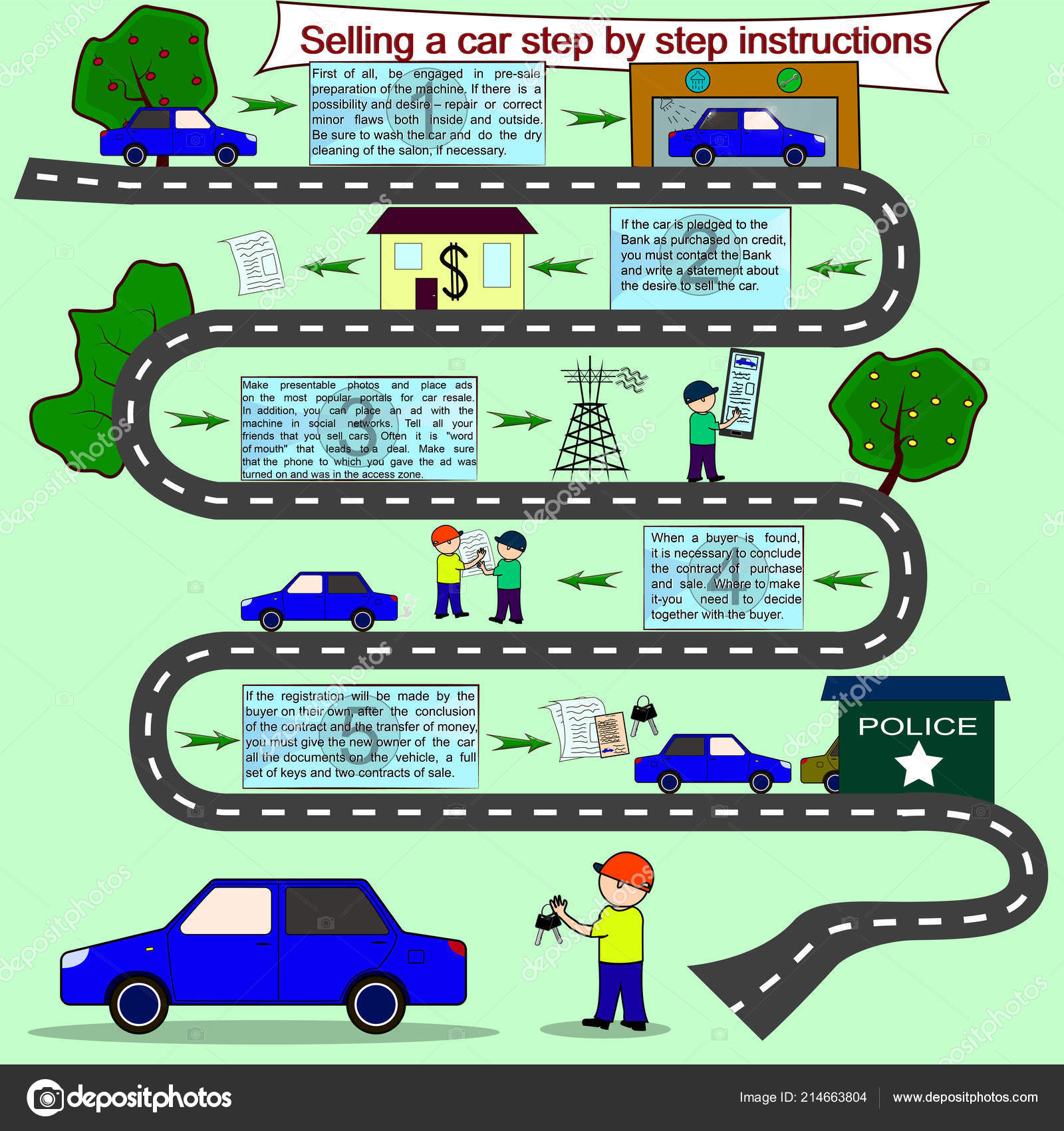Eager To Know What The Dashboard Warning Lights In Your Vehicle Symbolize? Explore Their Definitions For The Wellness And Safety Of Your Car
Eager To Know What The Dashboard Warning Lights In Your Vehicle Symbolize? Explore Their Definitions For The Wellness And Safety Of Your Car
Blog Article
Posted By-Lauritsen Dalgaard
When you're behind the wheel, those radiant caution lights on your control panel can be a bit complicated. Do you understand what they're attempting to tell you regarding your car's health? Understanding the importance of these lights is important for your security and the durability of your automobile. So, https://audioilchange06284.blog2news.com/30516765/find-out-the-keys-to-overhauling-your-vehicle-s-design-in-simply-under-an-hour-with-simple-suggestions-that-will-certainly-excite-you-your-speedy-auto-detailing-option-prepares of those lights pops up, would not you wish to analyze its message precisely and take the needed steps to address it?
Common Caution Lighting and Interpretations
Determine typical warning lights in your cars and truck and recognize their definitions to ensure risk-free driving.
The most normal caution lights include the check engine light, which signifies issues with the engine or emissions system. If this light comes on, it's critical to have your automobile checked quickly.
The oil pressure cautioning light suggests reduced oil pressure, needing prompt interest to stop engine damage.
A flashing battery light could recommend a damaged charging system, potentially leaving you stranded otherwise addressed.
The tire stress monitoring system (TPMS) light alerts you to reduced tire pressure, influencing automobile security and gas effectiveness. Overlooking this could bring about risky driving problems.
The ABS light indicates a problem with the anti-lock stopping system, compromising your capability to quit quickly in emergencies.
Last but not least, the coolant temperature warning light warns of engine overheating, which can lead to serious damages if not solved quickly.
Understanding these typical caution lights will certainly help you address concerns quickly and preserve safe driving conditions.
Significance of Prompt Attention
Understanding the typical caution lights in your auto is only the first step; the significance of quickly attending to these cautions can not be emphasized sufficient to ensure your safety on the road.
When a caution light brightens on your control panel, it's your car's way of interacting a potential issue that requires focus. Overlooking these cautions can cause much more severe problems in the future, compromising your security and potentially costing you more in repairs.
Trigger attention to advising lights can prevent breakdowns and crashes. For example, a blinking check engine light could show a misfire that, if left unattended, could cause damage to the catalytic converter. Resolving this quickly can save you from a costly fixing.
Similarly, a brake system alerting light could signal reduced brake fluid or used brake pads, important elements for your safety and security when driving.
Do It Yourself Troubleshooting Tips
If you observe a warning light on your control panel, there are a couple of DIY troubleshooting ideas you can try prior to seeking professional help.
The primary step is to consult your automobile's manual to comprehend what the details caution light shows. Sometimes the concern can be as basic as a loose gas cap causing the check engine light. Tightening up the gas cap might deal with the issue.
An additional typical issue is a low battery, which can activate different alerting lights. Examining car wash service for rust and ensuring they're protected may fix the issue.
If a warning light continues, you can try resetting it by disconnecting the automobile's battery for a couple of mins and after that reconnecting it. In addition, inspecting your car's liquid levels, such as oil, coolant, and brake fluid, can aid troubleshoot warning lights connected to these systems.
click now
In conclusion, recognizing your cars and truck's warning lights is vital for maintaining your vehicle running smoothly and securely. By immediately attending to these informs and understanding what they imply, you can prevent expensive repair services and possible malfunctions.
Keep in car paint correction to consult your car's manual for certain details on each warning light and do something about it accordingly to ensure a hassle-free driving experience.
Keep notified, remain secure when traveling!
